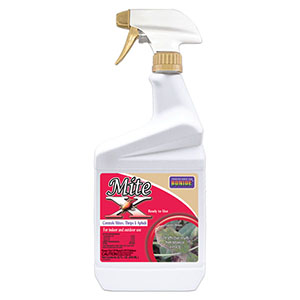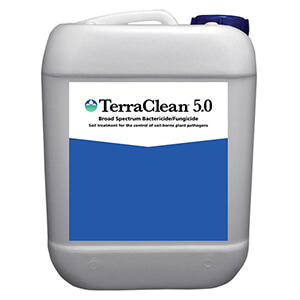Bulb Mites
Rhizoglyphus echinopus, Rhizoglyphus robini
Common pests of greenhouses and nurseries, bulb mites primarily attack stored ornamental bulbs or ornamental crops in greenhouses. They have recently been found by hemp and cannabis cultivators, which may pose a threat to crop productivity. According to Kansas State University, other common host plants include the Liliaceae family - amaryllis, crocus, freesia, gladiolus, hyacinth, lily narcissus and tulip. (Cloyd) In high populations, bulb mites commonly hitch rides to new areas on more mobile pests like whiteflies, thrips, fungus gnats and shore flies.
Identification: Bulb mites can be translucent to milky white with two identifiable brown spots on their bodies. Their legs are typically red-orange and short. Commonly misidentified as S. scimitus (predatory mites).
Damage: They are primarily detritivores, but also feed on plant roots and other below ground structures. The damage they cause can lead to wilting, reduced plant vigor and limited yields. Bulb mites are considered a secondary pest, often capitalizing on the food provided by damage from fungus gnat or soil-borne disease damage. Controlling the primary causes of damage is key in bulb mite control for this reason.
Controlling Bulb Mites:
- Dip bulbs or infested plants in 110°F water for 30 minutes.
- As stated previously, control primary pests like fungus gnats or work to prevent fungal disease. RootShield Plus provides effective soil-borne disease prevention.
- Suppress populations with S. scimitus - a soil dwelling predatory mite.
- Proper sanitation goes a long way towards controlling bulb mites.
- Hygrozyme can reduce the decaying matter (food sources) in the growing media.
- Clean up soil media debris in the growing area.
-
$5.49–$9.99
-
$159.99–$649.49
-
$20.69–$21.43
-
-
-
$224.95
-
$485.00
-
$150.00–$2,500.00
-
$21.00–$130.00
-
$275.00













